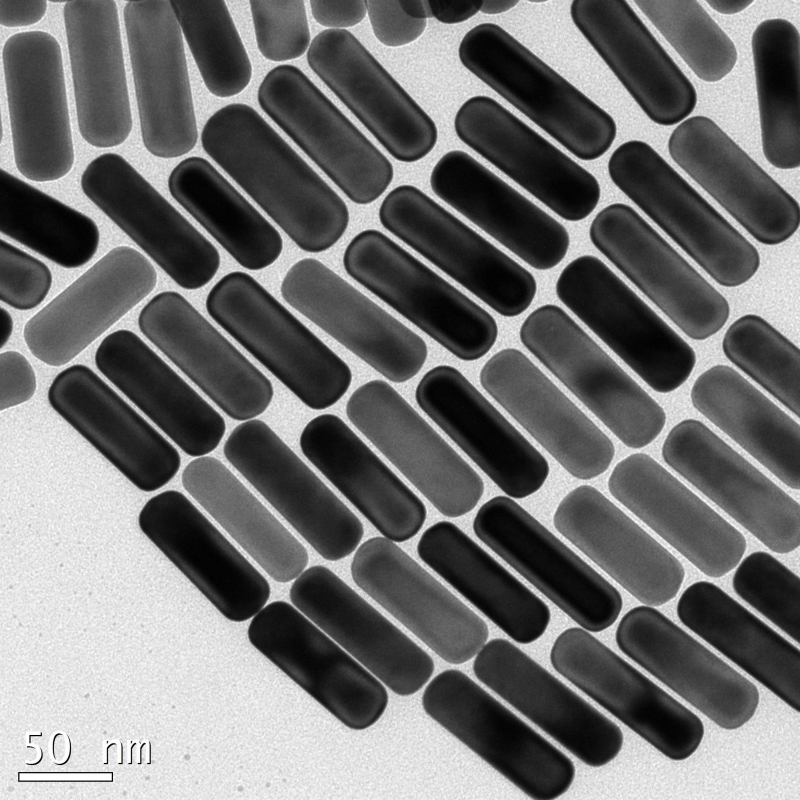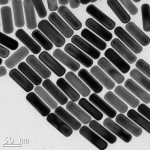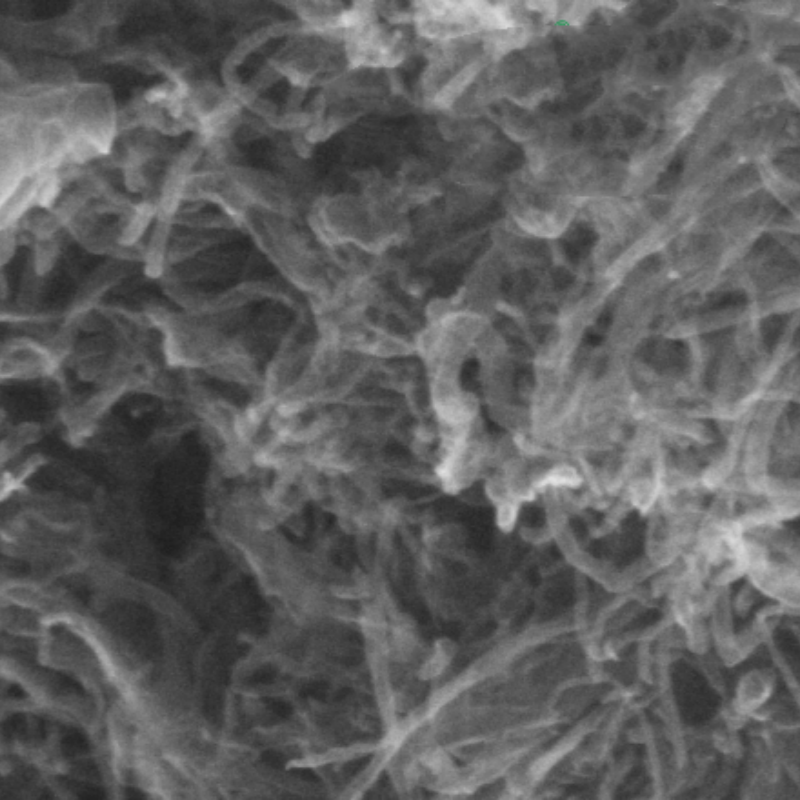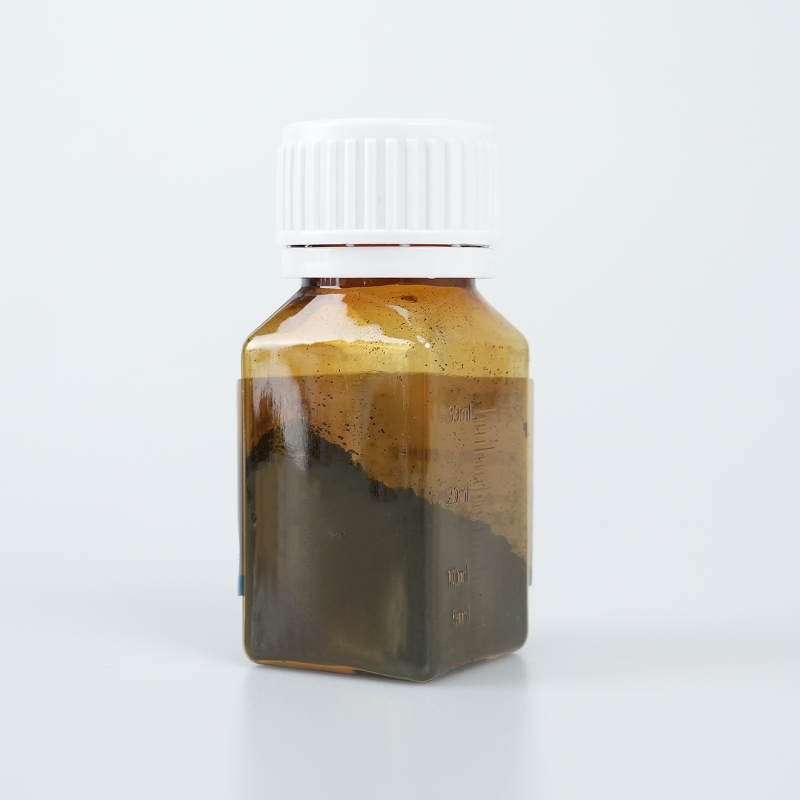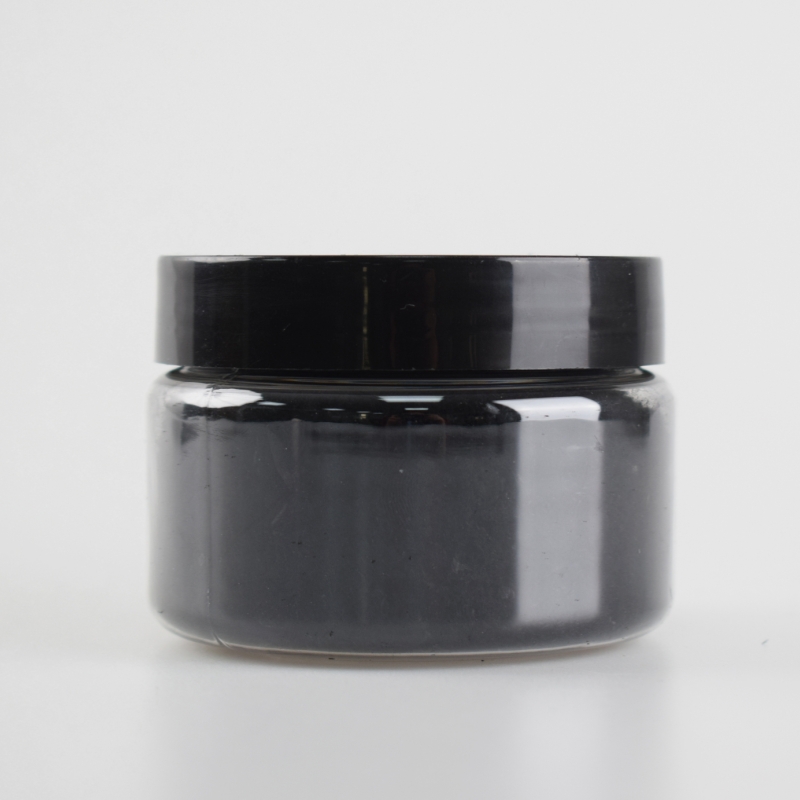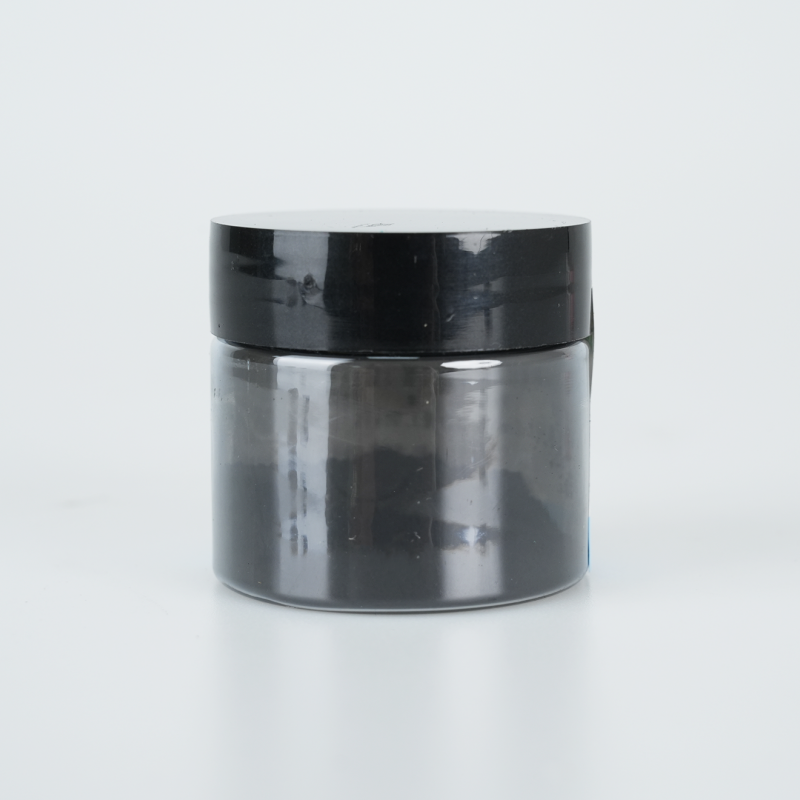CTAB-modified gold nanorods in ethanol solvent provide optimized surface functionalization, superior optical properties, and enhanced dispersion stability. Designed for advanced applications, they ensure efficient material integration, extended durability, and high-performance adaptability.
Product Overview
CTAB-modified gold nanorods (AuNRs) are a type of nanomaterial that is uniformly dispersed in an ethanol solvent. The use of cetyltrimethylammonium bromide (CTAB) as a surfactant stabilizes the gold nanorods, preventing aggregation and oxidation, thereby enhancing their stability in various chemical environments. The unique structure of gold nanorods offers distinctive advantages in optical, catalytic, and sensor applications, particularly due to their remarkable performance in surface plasmon resonance (SPR) effects.
Features
- Surfactant Stability: CTAB stabilizes the gold nanorods' dispersion system by interacting with their surface charges, preventing aggregation and improving their dispersibility.
- Ethanol Solubility: Ethanol effectively dissolves the CTAB-modified gold nanorods, forming a uniform nanofluid that is easy to apply and handle.
- Optical Properties: Gold nanorods possess unique optical absorption and scattering characteristics, particularly strong surface plasmon resonance (SPR) effects, making them responsive in the visible and near-infrared regions.
- Size and Shape Dependence: The SPR peak position is related to the size and shape of the gold nanorods. By adjusting these parameters, the SPR peak can be fine-tuned for specific applications.
- Chemical Stability: The CTAB modification enhances the chemical stability of the gold nanorods, protecting them from oxidation and aggregation.
- Catalytic Activity: The surface plasmon resonance effect of gold nanorods enhances their catalytic performance, particularly under light exposure.
- Environmental Sensitivity: The optical properties of gold nanorods are sensitive to environmental conditions such as pH, temperature, and ionic strength, making them ideal for environmental monitoring and sensor applications.
- Convenience of Ethanol Solvent: Ethanol is a volatile solvent, easy to handle and remove, making it suitable for subsequent applications and processing.
Applications
- Biosensing: The surface plasmon resonance (SPR) properties of gold nanorods make them highly suitable for biosensors, enabling the detection of trace amounts of molecules.
- Biological Imaging: Gold nanorods have strong scattering in the near-infrared region, making them ideal as contrast agents for biological imaging.
- Catalysis: Gold nanorods can act as catalysts or catalyst supports, improving reaction efficiency, especially under light exposure.
- Sensors: Gold nanorods' surface-enhanced Raman scattering (SERS) effect makes them excellent materials for high-sensitivity sensors used to detect biomolecules and ions.
- Optical Components: They can be used to manufacture near-infrared filters, nonlinear optical components, polarizers, and other optical elements.
- Information Storage: The tunability of the gold nanorods' wavelength and polarization dependence makes them valuable for the preparation of high-capacity information storage devices.
- Anti-counterfeiting: The optical response of gold nanorods in the near-infrared region makes them suitable for high-end anti-counterfeiting materials.
- Surface Modification: CTAB micelles can modify the surface of gold nanoparticles, enabling control over surface charge and chemical properties.
| CAS Number | Packaging | Parameters |
| 7440-57-5 | 10 mL | Solvent: Ethanol, Concentration: 0.1 mg/mL, Absorption Peak ~790nm |
| 7440-57-5 | 10 mL | Solvent: Ethanol, Concentration: 0.1 mg/mL, Absorption Peak ~1060nm |
 new material
new material

